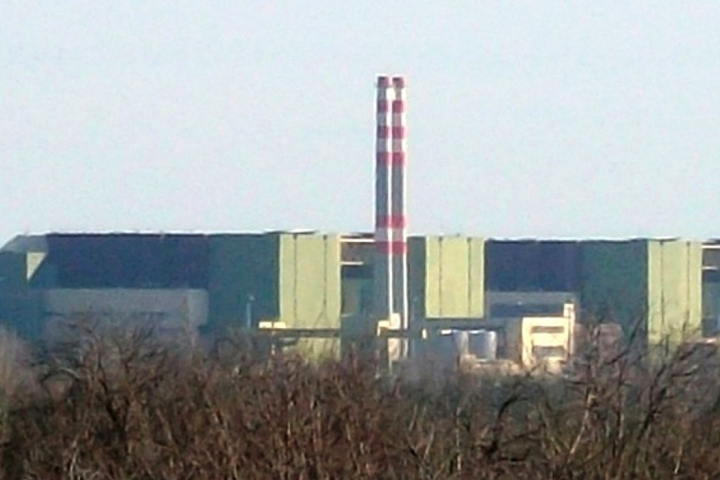Paks Nuclear Power Plant
The four currently operating blocks of the Hungarian Paks nuclear power plant were built between 1969 and 1987. Each block has a capacity of 500 MW. The power plant provided about half of the electricity produced in Hungary in 2014.
The Paks power plant has reached the end of its originally planned life span. It should have been shut down in 2003, but a Hungarian parliament decision extended its service time. The extended permissions are valid until between 2032 and 2037.
On January 14th, 2014 an agreement between Hungary and Russia was born unexpectedly and in secret, without any impact assessment, tender, parliament debate or authorisation, on the construction of new nuclear blocks in Paks.
The details of the international contract, background reports, decision-support documents are either missing or confidential. According to a court judgement, the studies justifying the necessity of the project were never made. Forrás
The estimated cost of the Paks II project is 12.5 billion euros (about HUF 4000 billion). This does not include the additional investments vital to the operation of the project, costs of the extra security measures and waste management, which together make up an amount of similar scale to the construction itself.
10 billion euros of the budget are covered by a 30-year loan from Russia to Hungary at an interest rate of 4-5% (source). The remaining 2.5 billion euros are supposed to be of Hungarian contribution. The new blocks shall become property of the Hungarian state and the total budget would be financed by the Hungarian central budget.
The start of the operation of the two new Paks blocks is scheduled for the end of 2023 - early 2024.
Nuclear power plant construction is shockingly expensive anywhere in the world. The most probable scenarios show that the Paks II project will make a severe loss. It would be financially viable – profitable - only if the electricity could be sold at an unrealistically high price over a long run. This means about the double of the current wholesale electricity price.
According to calculations, the operation of Paks II blocks is sustainable only with continuous government funding. That means that the Hungarian state – the Hungarian taxpayers – should pay about 100 billion HUF (312.5 million euros) each year for 20 years, as the expected income will not be sufficient for the operation costs and the instalments of the Russian loan.
Nuclear power is the riskiest and most dangerous way of producing electricity. There is no such thing as 100% security. Security experts say that any nuclear power plant in any country is a potential target for terrorist cells – even in Europe. Pakistan witnessed three attempted terrorist attacks against nuclear power plants during 2007-2008. So far the International Atomic Energy Agency (IAEA) has registered 1266 cases of illicit trafficking of radioactive material in 99 countries of the world.
Nuclear power plants pose a serious threat to the environment. The storage of spent fuel remains an unresolved issue everywhere in the world as the waste is radioactive for several hundred thousand years. Facilities worldwide are just for temporary storage. International legislation orders radioactive waste to be deposited where it was produced: Hungarian wastes in Hungary.
The final deposit of Hungarian radioactive waste of low and intermediate level of activity is planned to be in the Bátaapáti National Radioactive Waste Repository. However, there are no publicly accessible studies on whether the repository is actually able to receive the huge quantities of waste. Realistic and meaningful research projects on the final depositing of high level waste and spent fuel have not even been started.
Hungary imports the majority - about 70% - of fossil fuels. The largest portion of imported oil and gas comes from Russia, through a pipeline operated and controlled by Russia. The fuel for the nuclear power plant is purchased from Russia as well – currently and also in the case of Paks II. Hungary’s dependence from Russia would not decrease and the Russian loan would also create economic dependence.
In order to cover the future energy demand of Hungary there is no need for a nuclear power plant. Up to 80% of the electricity produced can come from renewables by 2050 while the safety of supply is maintained - according to the results of the joint energy simulation of Energiaklub and the German Wuppertal Institut.








